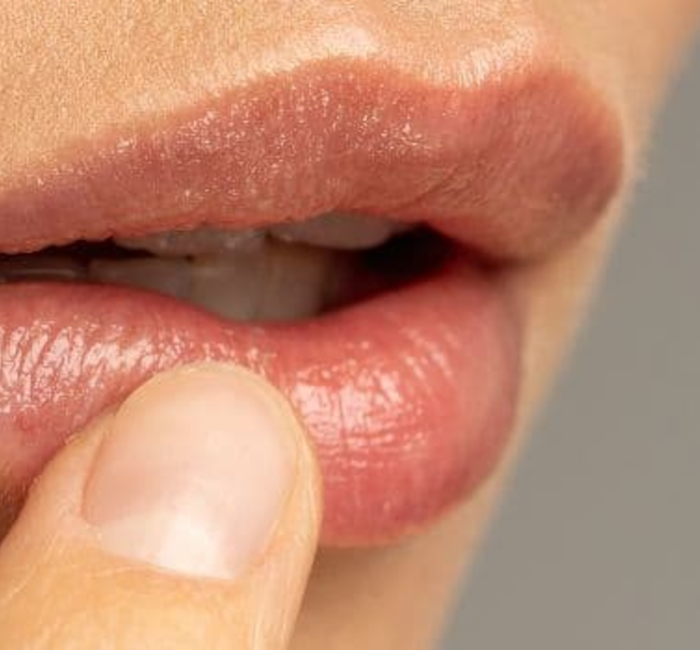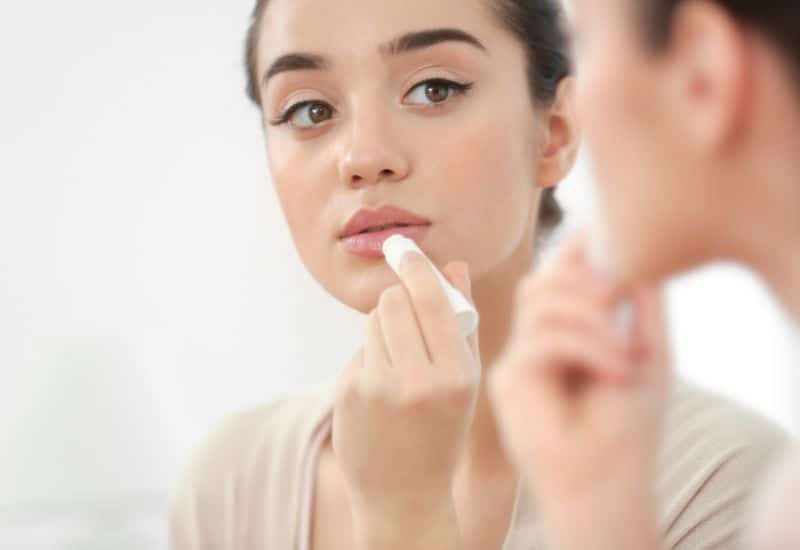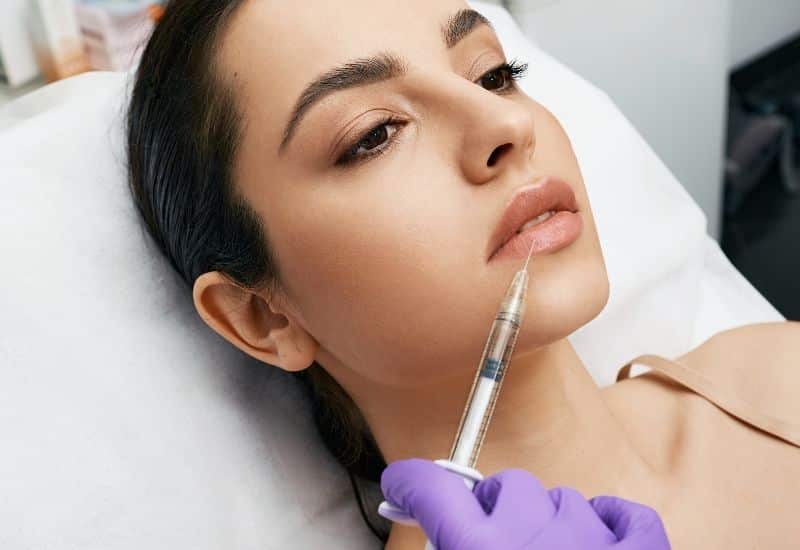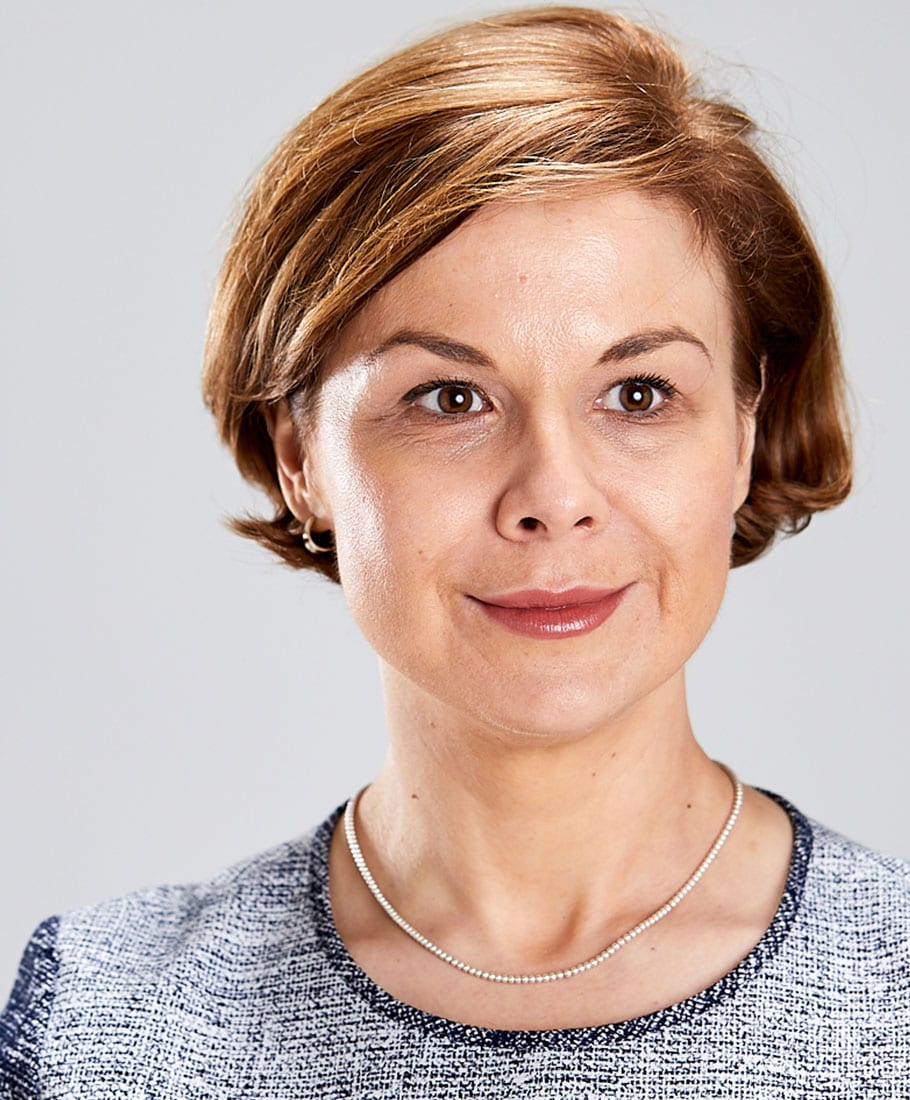Procedures
Lip Lesion Removal

The lips, one of our most expressive facial features, can sometimes develop lesions, which may alter their appearance, function and may cause discomfort or worry. This is where lip lesion removal comes into play. This procedure can offer a solution to individuals who are grappling with unwanted or potentially harmful lesions on their lips. Lip lesions can range from benign growths like mucoceles, fibromas, or lipomas, to more severe cases like squamous cell carcinoma or basal cell carcinoma.
Anca Breahna’s expertise in lip lesion removal is well-recognised in her field, making her a trusted choice for patients seeking these procedures.
At a glance
Depends on the type of procedure performed
Local or General Anaesthesia
Table of Contents
What is Lip Lesion Removal?
Lip lesion removal is a medical procedure conducted by a plastic surgeon, to get rid of lesions on the lips. The type of procedure used largely depends on the type, size, location, and nature of the lesion.
Lesions on the lips can be of various types and caused by a myriad of factors including trauma, infections, inflammatory conditions, and neoplastic growths. Some lesions might be benign and cosmetic concerns while others may carry a risk of malignancy. The lip lesion removal procedure not only helps improve the appearance of the lips but also curbs the risk of potential health complications in the case of suspicious lesions.
An accurate diagnosis through a biopsy is often the first step, which helps to determine the most effective treatment method. It is a process that requires careful examination, precision, and professional expertise.
Though lip lesion removal is considered safe, like any other medical procedure, it comes with its share of risks and complications.
Who Needs Lip Lesion Removal?
The need for lip lesion removal can arise in various circumstances, and a wide range of individuals may require this procedure. Here are some of the common scenarios:
- Cosmetic Concerns: Many people seek lip lesion removal purely for cosmetic reasons. Lesions on the lips, regardless of their benign nature, can significantly alter a person’s appearance and, by extension, their comfort in social situations. If you have a lesion that you feel detracts from your appearance, you may be a suitable candidate for lip lesion removal
- Functional Issues: Lesions on the lips can sometimes cause functional problems. They may interfere with speech, eating, or other activities involving the mouth. If you’re experiencing such difficulties, lip lesion removal could provide a solution
- Potential Health Risks: Certain lip lesions carry a risk of becoming malignant or are already malignant. If a biopsy or other diagnostic method indicates that a lesion could pose a health risk, a healthcare provider will likely recommend removal as a preventative measure or treatment
- Persistent Lesions: Sometimes, lesions may persist despite non-invasive treatment attempts such as topical medication or less invasive procedures. In such instances, lip lesion removal might be the best course of action
The ultimate decision for lip lesion removal, like all medical procedures, should be made in consultation with your plastic surgeon. Anca will consider your specific case, including the type of lesion, your overall health, and your personal preferences, to make the best recommendation for your situation.

Benefits of the Lip Lesion Removal Procedure
Lip lesion removal comes with several benefits, which contribute to its popularity as a choice of treatment. Here are some of the most notable benefits:
- Restoration of Normal Appearance: One of the most significant benefits of lip lesion removal is the restoration of a person’s normal appearance. This can have a significant positive impact on an individual’s daily life and interactions
- Prevention of Health Complications: Lip lesion removal can help to prevent potential health complications, especially in cases where the lesion carries a risk of malignancy. By removing the lesion, the procedure can stop the potential progression to a more serious condition
- Relief from Discomfort: Some lip lesions can cause discomfort or pain. Lip lesion removal provides relief from such discomfort, improving the quality of life
- Restoration of Normal Function: In cases where the lesion interferes with the normal function of the mouth, like eating or speaking, its removal can restore these functions, making daily activities easier
Types of Procedures
Excision
Excision is a traditional surgical procedure and it involves the following steps:
- Anaesthesia: The procedure is performed under local anaesthesia to numb the area and prevent pain
- Removal: Anca uses a scalpel to cut out the lesion entirely. The depth and extent of the excision depend on the size and nature of the lesion
- Stitches: After the lesion has been removed, the wound is usually stitched up to promote healing and reduce scarring
- Sample Testing: The removed tissue is often sent to a laboratory for further testing to confirm the nature of the lesion and ensure all of it has been removed
Cryotherapy (coming soon at CCS)
This is a non-surgical method that involves the following steps:
- Application: A very cold substance, typically liquid nitrogen, is applied directly to the lesion using a cotton swab or a spray device
- Freezing: The extreme cold causes the cells within the lesion to freeze and subsequently die
- Fall Off: Over time, the frozen lesion gradually dries up and falls off, allowing new, healthy skin to grow in its place
Laser Ablation (NOT available at CCS)
This is a modern, non-invasive technique that involves the following steps:
- Anaesthesia: Local anaesthesia is applied to numb the area, although sometimes anaesthesia may not be necessary depending on the laser’s intensity and the patient’s comfort levels
- Removal: A high-intensity light beam (laser) is directed at the lesion, which absorbs the light and gets destroyed. The precision of the laser allows for targeted treatment, minimising damage to surrounding healthy tissue
Mohs Micrographic Surgery (NOT available at CCS)
This is a specialised surgical method often used for larger or complex lesions, involving the following steps:
- Anaesthesia: Local anaesthesia is applied to numb the area
- Layer-by-Layer Removal: The plastic surgeon removes the lesion in thin layers. Each layer is examined under a microscope immediately after removal
- Continuation: The process continues until your plastic surgeon no longer sees abnormal cells under the microscope, ensuring all of the lesion has been removed while preserving as much healthy tissue as possible
How is the Lip Lesion Removal Procedure Performed
The specific steps of a lip lesion removal procedure can vary depending on the method chosen. However, here is a general overview of what you might expect:
- Preparation: Your plastic surgeon will give you specific instructions on how to prepare for the procedure. This might include guidelines on eating and drinking, smoking, and medications
- Anaesthesia: In most cases, lip lesion removal is performed under local anaesthesia, which means you’ll be awake but will not feel any pain in the area being treated
- Removal: Anca will then remove the lesion using the chosen method. This could involve cutting, freezing, burning, or using a laser to destroy the lesion
- Closing the Wound: If the lesion was cut out, your plastic surgeon might use stitches to close the wound. In other cases, the wound might be left open to heal
- Post-Procedure Care: After the procedure, Anca will give you specific instructions for care. This might include how to clean the area, what kind of ointment to apply, what activities to avoid, and when to return for a follow-up appointment
There are several methods available for the removal of lip lesions. The specific technique used may depend on the type, size, location, and nature of the lesion, as well as the individual patient’s overall health and preferences.

Recovery after Lip Lesion Removal Procedure
The recovery process after a lip lesion removal procedure will vary depending on the method used for removal and your personal health circumstances. Here is a general overview of what to expect during recovery:
- Immediate Aftercare: After the procedure, you might experience some swelling, bruising, or discomfort in the treated area. Applying a cold compress can help reduce swelling, and over-the-counter painkillers can help manage discomfort
- Wound Care: Your plastic surgeon will give you specific instructions on how to take care of the wound. This will likely include cleaning the area gently with a mild cleanser and water, and applying an antibiotic ointment. You should also avoid picking at or scratching the area as it heals
- Eating and Drinking: For the first few days after the procedure, you might need to stick to a diet of soft foods and avoid hot beverages to prevent discomfort. You should also avoid alcohol and tobacco, as these can slow the healing process
- Activity Restrictions: Your plastic surgeon might recommend avoiding certain activities that could strain the treated area, such as strenuous exercise or heavy lifting, until the wound has healed
- Follow-Up Appointments: You will likely need to return for a follow-up appointment a week or two after the procedure. During this appointment, Anca will check how well the area is healing and remove any stitches if necessary
Reviews
Patient satisfaction is the top priority for Anca. You can find how patients feel about her work below.
Ms Anca Breahna was most kind and empathetic during my recent procedure for skin cancer. She reassured me that I’m now completely clear, I have total confidence in her and would recommend her unreservedly. Thank you Anca.

Wish I’d Done It Sooner! I am so pleased with the results
After searching and deliberating for a long time, I consulted Anca regarding the removal of 3 lipomas. From start to finish, she was fantastic! One of the lipomas was on my forehead and I have to search for the scar! I am so pleased with the results of all and the one regret is that I didn’t find her sooner. I wouldn’t hesitate to recommend her

Miss Breahna removed a cancerous nodule from my forehead in March 2021. I was quite nervous when I arrived at the hospital, but when I was greeted by a member of her team I started to feel calmer as they were so professional and friendly. Once inside the theatre Miss Breahna and her team helped me to feel relaxed and comfortable throughout, the team atmosphere was friendly and upbeat during my operation and I was looked after wonderfully.
I would recommend Miss Breahna and her team to anyone requiring this type of surgery.
Kate Hodson
Further Reading
- Read Anca’s Blog on Looking for Skin Cancer Treatment near Chester?
- Read Anca’s Blog on Treatments and Solutions for Thin Lips

Procedure
Frequently asked questions
What types of lip lesions can be removed with a lip lesion removal procedure?
Lip lesion removal procedures can be used to treat a wide variety of lesions, ranging from benign growths like mucoceles, fibromas, or lipomas, to potentially malignant ones like squamous cell carcinoma or basal cell carcinoma. These procedures can also treat lesions resulting from trauma or inflammatory conditions. The type of procedure used will depend on the type, size, location, and nature of the lesion. It’s essential to consult with a plastic surgeon for an accurate diagnosis and treatment plan.
How do I know if I am a suitable candidate for a lip lesion removal procedure?
Suitability for a lip lesion removal procedure is usually determined by a healthcare provider and depends on several factors. These include the type, size, and location of the lesion, your overall health, and the presence of any potential health risks associated with the lesion. Generally, you may be considered a candidate if you have a lip lesion that is causing cosmetic concerns, functional problems, persistent despite treatment, or carries a risk of malignancy.
What can I expect during the recovery period after a lip lesion removal procedure?
Recovery after a lip lesion removal procedure can vary greatly depending on the specifics of the procedure and your personal health. Generally, you can expect some swelling, bruising, or discomfort in the treated area immediately after the procedure. You may need to follow a specific wound care regimen, adjust your diet to soft foods, and avoid certain activities for a period. Your plastic surgeon will give you detailed instructions tailored to your situation. Regular follow-up appointments will be scheduled to monitor your healing progress.
What are the risks associated with lip lesion removal procedures?
While lip lesion removal procedures are generally safe, they can carry some risks, as with any medical procedure. These can include infection, scarring, changes in lip sensation, allergic reactions, and the possibility of incomplete removal necessitating additional treatment. Anca will discuss these potential risks with you before the procedure and advise you on how to minimise them.
Will there be visible scarring after a lip lesion removal procedure?
The possibility of visible scarring after a lip lesion removal procedure depends on several factors, including the method of removal, the size and location of the lesion, and individual healing factors. Procedures that involve cutting or damaging the skin can result in some degree of scarring. However, Anca typically uses techniques to minimise scarring, and any scars that do form often become less noticeable over time. In cases where scarring is a concern, discuss this with your plastic surgeon before the procedure to understand what to expect and explore potential options to further minimise scarring.
What are the risks of lip lesion removal procedure?
As with any medical procedure, lip lesion removal carries some potential risks. These can include:
- Infection: There’s always a risk of infection when the skin is broken. Following your plastic surgeon’s aftercare instructions can help minimise this risk
- Scarring: Any procedure that involves cutting or damaging the skin can result in scarring. However, Anca is skilled at minimising scarring, and any scars that do form often become less noticeable over time
- Changes in Lip Sensation: Some people may experience temporary or permanent changes in sensation in the treated area. This can include numbness or tingling
- Allergic Reactions: There’s a risk of allergic reaction to the anaesthesia or other substances used during the procedure
- Incomplete Removal: In some cases, not all of the lesion may be removed during the procedure. This could require additional treatment
While these risks may sound concerning, remember that most people who undergo lip lesion removal procedures recover well and are satisfied with the results. A skilled plastic surgeon can help minimise these risks and provide care and support throughout the recovery process.
Medical References about Lip Lesion Removal
- Skin Lesion Removal – MedlinePlus
- Surgical Options for Treatment of Lip and Perioral Tumours – NCBI
- Skin Lesions: Types and When to See a Doctor – Medical News Today
- Causes of Skin Lesions – WebMD
- What Are Black Spots on the Lips? – WebMD






